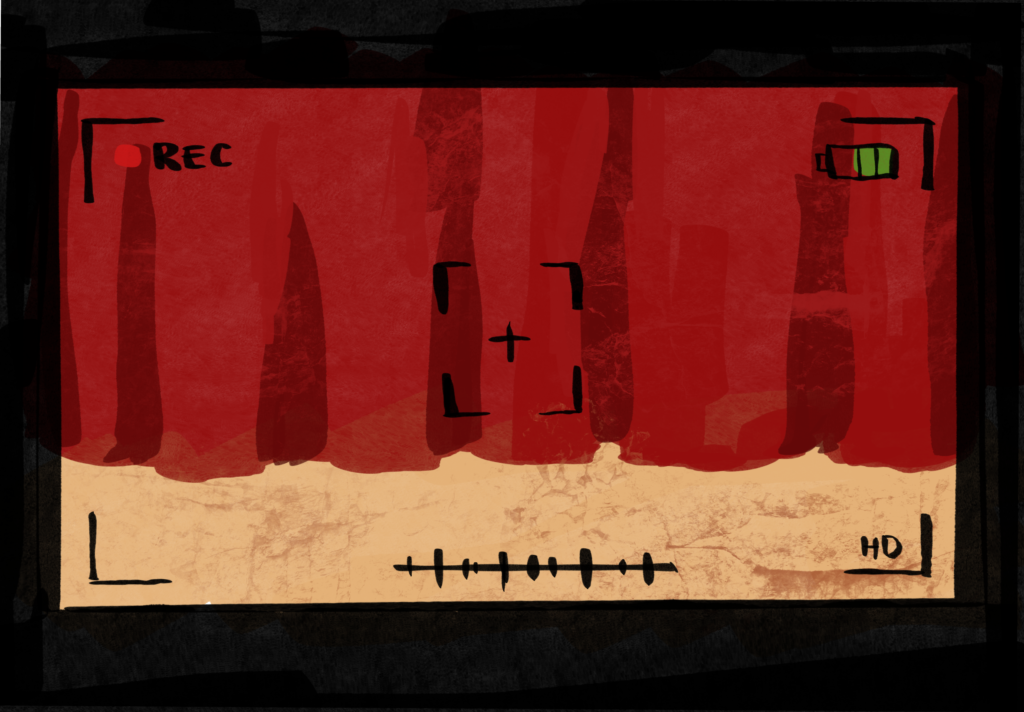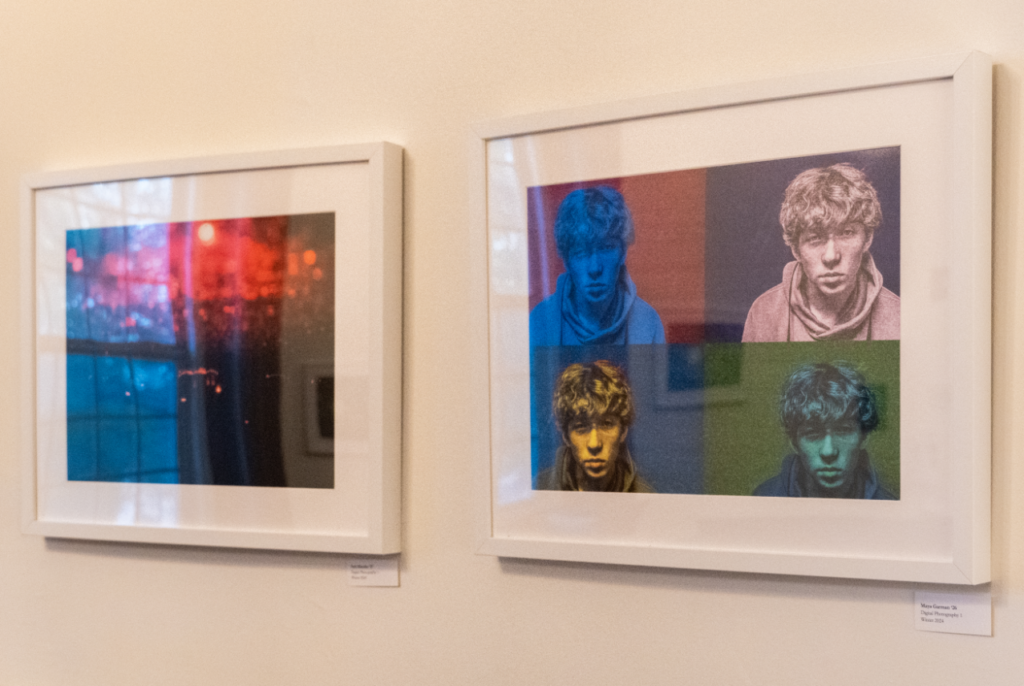
The “Torn-and Tattered” fashion trend has made its way to the Choate community. Photo courtesy of Fashionista
Looking through today’s fashion blogs and catalogs, there seems to be a divergence between what is normally considered fashionable — clean, pristine, and neat clothing — and what is identified as ultra-distressed: dirty jeans, holey sweaters, and scuffed shoes — all new items constructed to appear used. This ironic style of clothing has made it off of the pages of magazines and onto the bodies of Choate students in a slightly more subdued form: expensive ripped jeans and designer tattered sweaters are among the items occasionally worn by Choaties.
According to the fashion world, this new trend of destroyed and deconstructed clothing is far from trashy. In fact, it is considered top of the line, with $425 Nordstrom jeans that have physically been coated in mud and $530 pre-scuffed, taped sneakers also at Nordstrom. This revolution of style began before the generation of current Choate students. Many grunge-rock bands of the early 90’s would perform on stage with ripped clothing as a sign of rebellion. Of course, the hard rock phase of this trend has mostly been forgotten, yet the aim of looking defiant persists in the latest style movements.
At Choate, many students seem to buy into this fashion. When questioning students around campus on why they decide to wear clothes such as ripped jeans, they responded with cryptic answers such as, “It just looks good” and “It matches my style.”
Off-campus, this style of ruggedness is visible in contemporary fashion brands such as Supreme, Bathing Ape, Golden Goose, and Comme des Garçons. As an example, much of Supreme’s clothing features off-center images and clashing, bright colors.
In the fashion business, a rugged and deconstructed piece of clothing is a stylistic statement rather than an insult to individuals who are forced to wear tattered clothes due to hardships. However, the irony of holey high fashion may appear offensive to individuals who are unaware or uninterested in this fashion statement. At Choate, ripped or damaged clothing of any sort is prohibited by the dress code, meaning that students are asked not to display this type of style. Because Choate is an economically diverse community, students will hopefully keep in mind that their outfit choices might affect others — especially when it comes to wearing expensive items that romanticize poverty.




